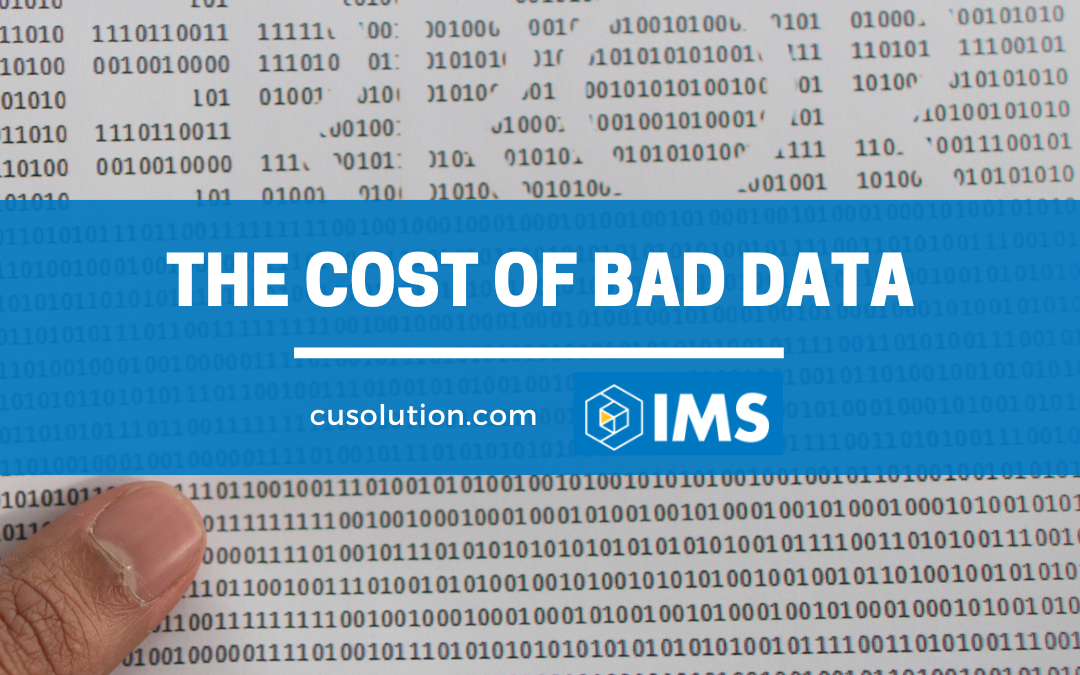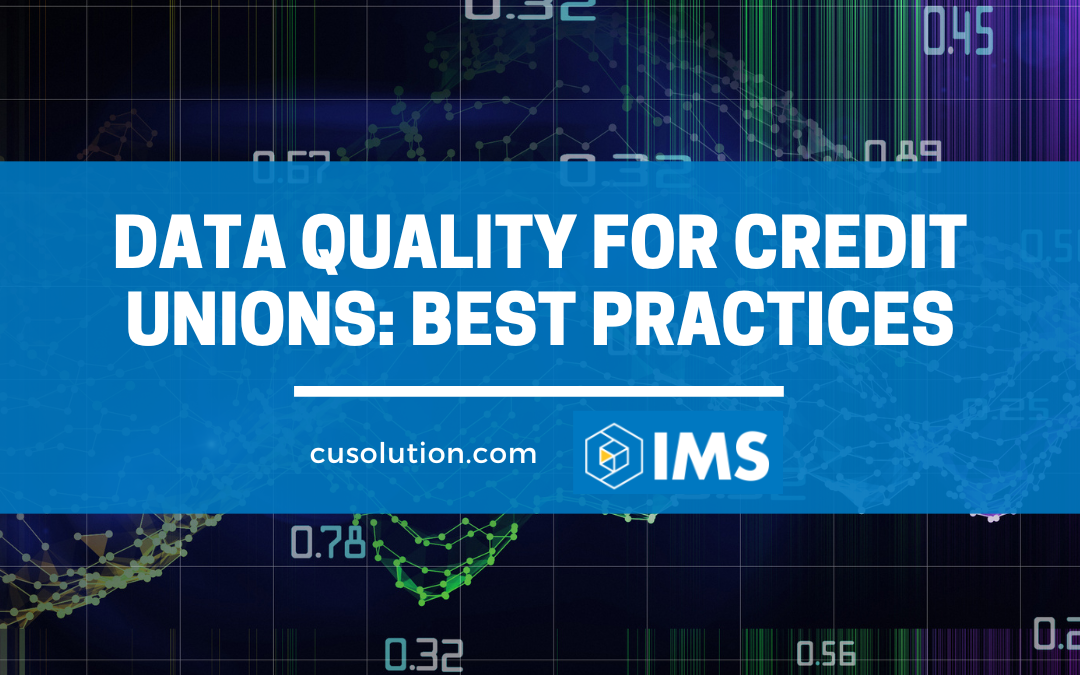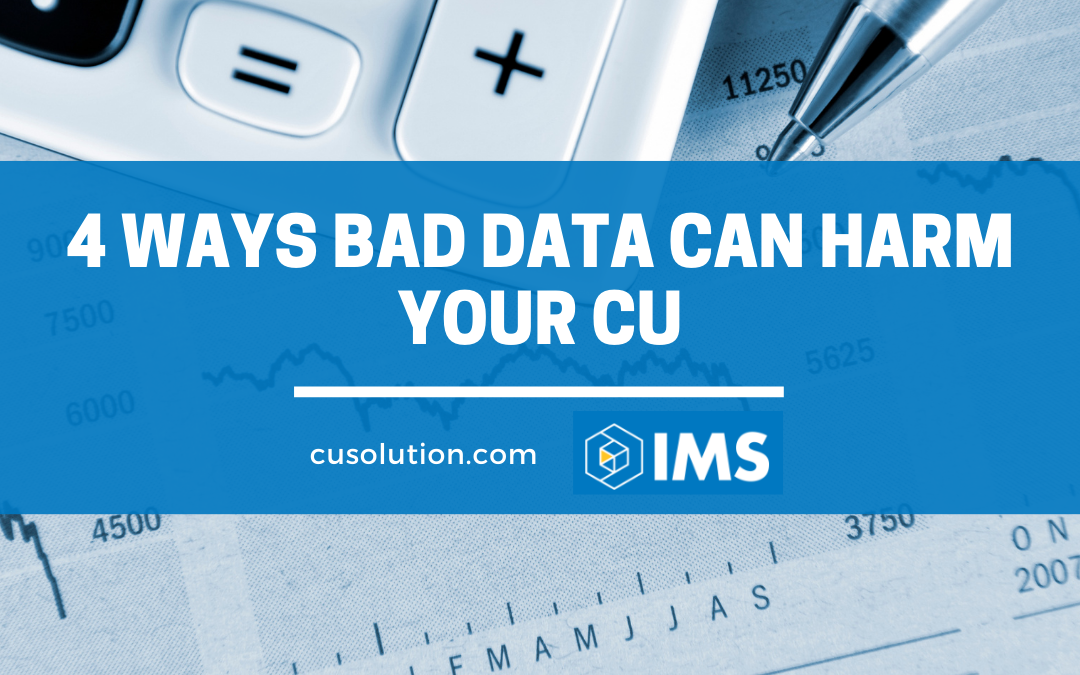
by admin | Nov 9, 2023 | Regulations
As technology continues to revolutionize the financial industry, credit unions are constantly grappling with new sets of credit union regulations. From credit risk reviews to cyber incidents, staying compliant can be a daunting task. But fear not, because...

by admin | May 22, 2023 | Credit Union Resources
Good data is essential for businesses, especially credit unions. But what many credit unions need to realize is that bad data can come with a hefty price tag. From decreased operational efficiency to missed opportunities to grow your business, the cost of bad...

by admin | Apr 10, 2023 | Credit Union Resources
Data quality for credit unions is an essential component of effective CU management. Keeping accurate and up-to-date records, such as member information, enables credit unions to provide the best services to their members. To ensure data quality, it is...

by admin | Aug 30, 2021 | Credit Union Resources
Not all data is created equal. Just because you are collecting mountains of data, it doesn’t necessarily mean you have good data. In fact, it’s much easier to collect and use bad data. What is Bad Data? Bad data can be a host of things. It can be incorrect or...




